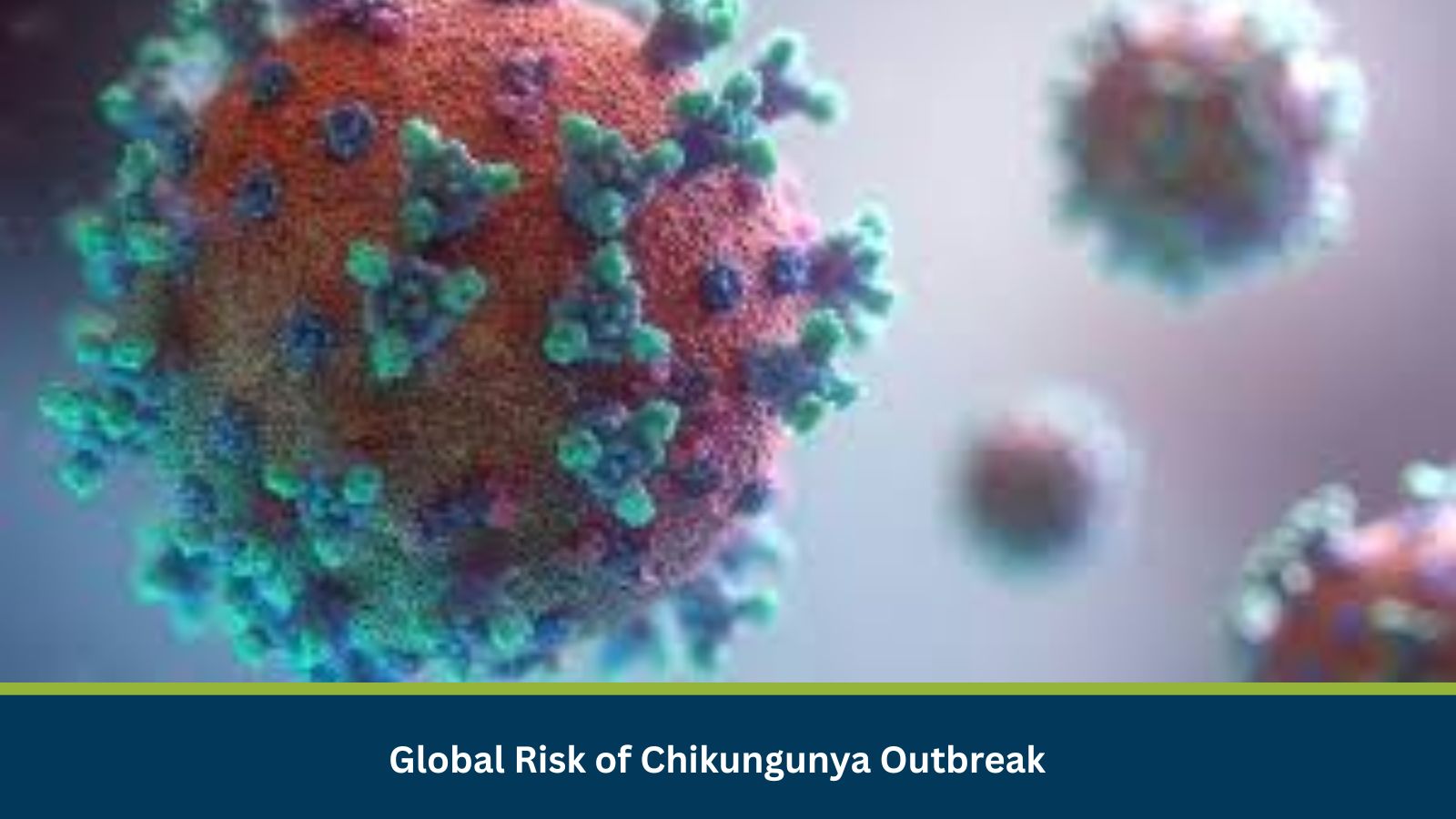What Is Happening Globally?
On 22 July 2025, WHO issued a global warning about the growing risk of a chikungunya epidemic, reminiscent of the 2004–2005 outbreak that affected nearly half a million people across the Indian Ocean region.
Since early 2025, islands such as Réunion, Mayotte, and Mauritius have reported widespread transmission, with nearly one-third of Réunion’s population already infected. South Asia and Southeast Asia, including India, are currently facing epidemic-level transmission.
Europe is also reporting imported cases linked to the Indian Ocean region, with France recording over 800 imported cases since May and Italy detecting a suspected case in July.
Why?
Chikungunya is a viral disease spread by the bites of infected female Aedes aegypti and Aedes albopictus (tiger) mosquitoes. The virus, first identified in Tanzania in 1952, causes fever, severe joint pain, and, in some cases, prolonged disability lasting weeks or months.
Global warming and changing climates have allowed tiger mosquitoes to expand their geographic range, increasing the likelihood of outbreaks in new regions. With no specific treatment or vaccine available, the disease is often misdiagnosed due to symptom overlap with dengue and Zika viruses.
Consequences Across Communities and Businesses
Public Health Impact:
Regions with low population immunity may witness infection rates as high as 70–75%, putting immense pressure on healthcare systems. Older adults and individuals with chronic illnesses face a higher risk of complications.
Economic & Workforce Disruptions:
Potential outbreaks could lead to absenteeism, increased operational costs, and temporary shutdowns in high-risk sectors.
International Spread:
Imported cases in Europe highlight the potential for chikungunya to become a global public health challenge if preventive measures are delayed.
Medium-Term Outlook
WHO is urging governments to step up surveillance, implement mosquito control measures, and raise public awareness. Individuals are advised to use repellents, wear long-sleeved clothing, install mosquito nets, and remove stagnant water sources to prevent mosquito breeding.
For businesses, early scenario planning and workforce safety protocols are critical to minimize operational risks if outbreaks escalate.
Partner with MitKat
MitKat’s Datasurfr platform delivers real-time, AI-powered risk intelligence, filtered and contextualised by expert analysts to support proactive decision-making. Paired with our Protective Services, we turn intelligence into action safeguarding your leadership wherever they operate. Collaborate with MitKat to build true business resilience. From Risk Consulting and Security Design to Cyber Security and Protective Services, our integrated solutions help organisations navigate today’s complex threat landscape and build robust, future-ready risk management frameworks.






